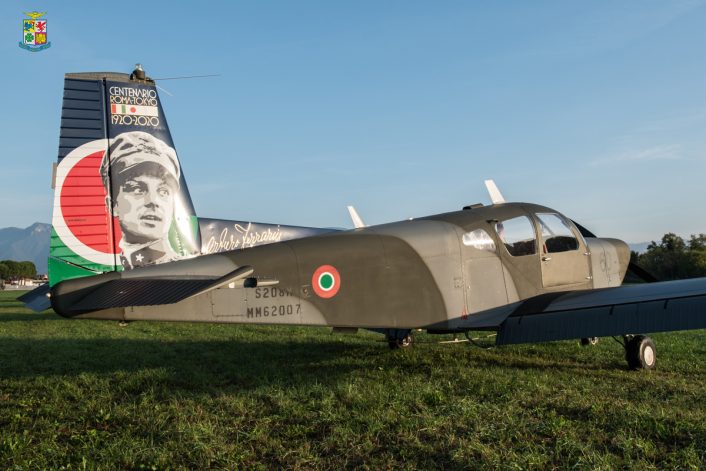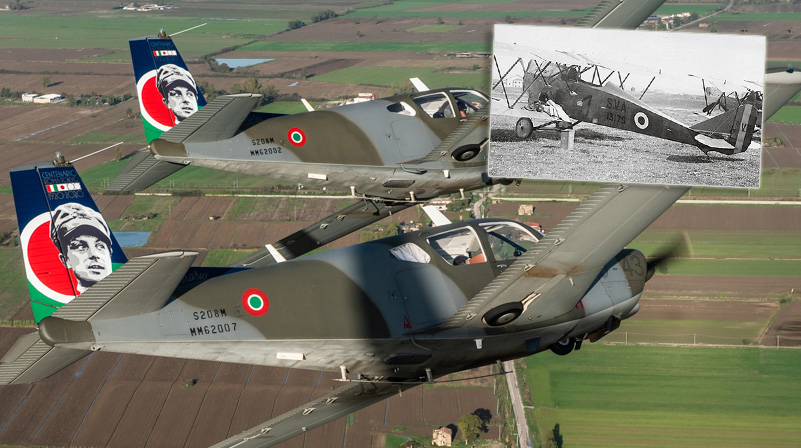In 1920, two SVA 9 biplanes flew from Rome to Tokyo, covering 18,000 km in 106 days: an incredible achievement considered that the record flight was conducted with aircraft made in wood, with an open cockpits that were not equipped with radios and navigation was done on watch and compass.
While it is scarcely known to many (or at least, rarely remembered) Italy was one of the first nations to recognize the importance and make use of the Air Power. In fact, in September 1911, less than 8 year after the Wright brother’s first flight at Kitty Hawk, during the war against Turkey for the conquest of Libya, the air service of the Regio Esercito (Royal Army) tied its name to the first of ever bombing missions, the first tactical reconnaissance, the first war flight at night, the first flight of air-cooperation with ground troops and the first concept of fighter aircraft. Specifically, on Nov. 1, 1919, 2nd LT Giulio Gavotti, flying an Etrich Taube, dropped history’s first bomb on Ain Zara, while on Oct. 23, 1911, Capt. Carlo Piazza on his Bleriot XI performed the world’s first war reconnaissance flight, observing from above the Turkish forces moving along the Azizia road, on the Tripoli front. These represent milestones in military aviation history.
Between WWI and WWII, Italy lived a a period of research and testing needed to improve performance of the airplane that is widely known as the “Record-breaking Era” as the aircraft built on the basis of those development were among the world’s most advanced and competitive. The Italian aircrews flew their aircraft farther, higher and faster than anyone in the World and on the eve of the Second World War, the Regia Aeronautica (the Royal Italian Air Force, as it was called after being officially created as an independent service on Mar. 23, 1923) was holder of 33 records out of the 84 foreseen by the International Aeronautical Federation.
One of the most important and earliest achievements of that age is remembered as the Rome – Tokyo “raid” (in Italian raid is used to refer to a long range flight that includes several intermediate stopovers).
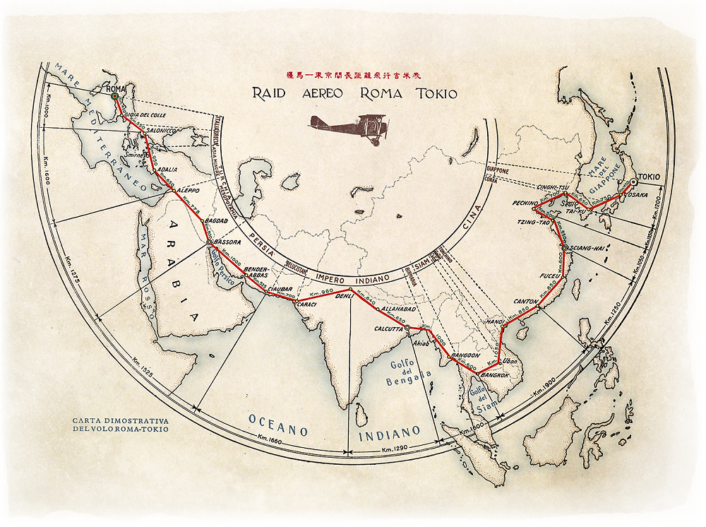
On Feb. 14, 1920, at 11.00LT, two twin-seater Ansaldo SVA 9 biplanes took off from Centocelle (Rome) airstrip, to Tokyo, Japan, where they arrived on May 31, 1920, after a 18,000 km flight and 112 flight hours.
The two aircrews were made by pilots Arturo Ferrarin and Guido Masiero and their respective flight engineers, Gino Cappannini and Roberto Maretto.
The SVA 9 was an airplane developed in WWI. It was used in the reconnaissance role and featured impressive speed (it was one of the fasted of all Allied airplanes in WWI), range and operational ceiling. It was build on wood, had fabric-covered wings, the cockpit was open and the crew was therefore exposed to the wind and bad weather, the radiator was not suitable for high tropical temperatures while the landing gear did not have fairings on the wheels, useful in case of landing on unprepared runways. Needless to say, there was no radio, no airspeed indicator (the pilot had to “sense” it) and navigation was conducted only with the help of a watch and a compass. Now, you can understand why the flight was an unbelievable endeavour.
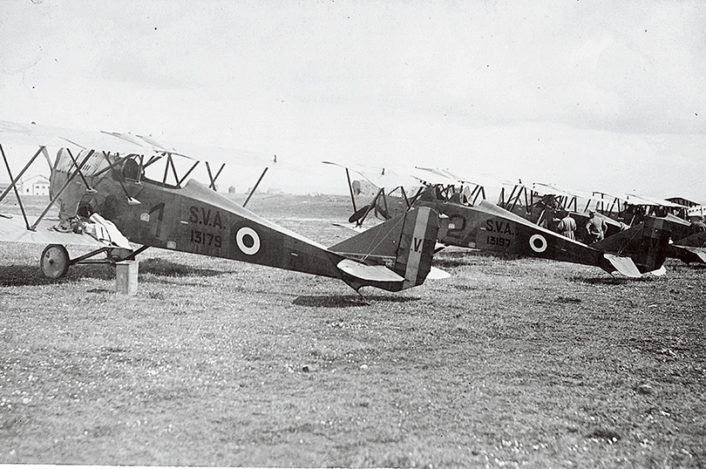
The flight was done in multiple stages which included stops in Greece, Syria, India, Pakistan, Burma, Thailand, French Indochina (now Vietnam), China, and Korea.
200,000 people were waiting for the first airplanes flying from Europe to land in Tokyo. To celebrate the achievement, 42 days of celebrations were decreed, culminating with the official reception of the Italian aviators at the Imperial Palace. The SVA 9 of Ferrarin was donated to the Japanese Imperial War Museum where it was on exhibit until the museum was destroyed during World War II.
The Italian Air Force has celebrated the 100th anniversary of the historical flight by giving five SIAI S.208M liaison and glider-towing aircraft of the 60° Stormo (Wing) based at Guidonia, a special tail showing the face of pilot Arturo Ferrarin and his signature.
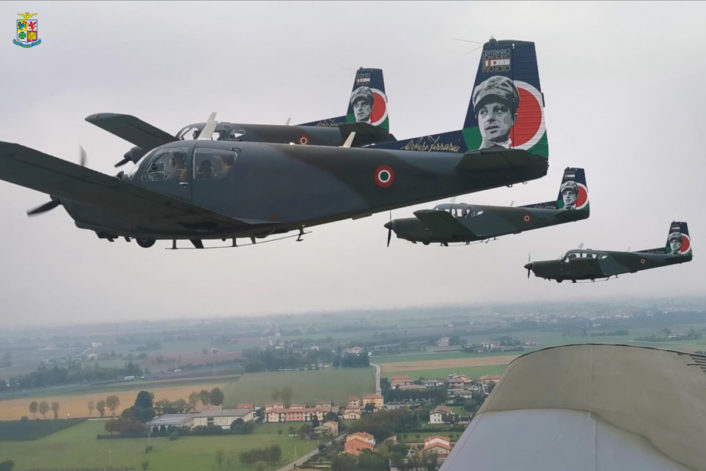
The special colored aircraft made their first public appearance in October 2019, at Thiene Airfield (Thiene is a small city in northeastern Italy, where Ferrarin was born) during the Corso di Cultura Aeronautica (Aeronautical Culture Course), a two-week event organized by the Aeronautica Militare (Italian Air Force) to promote the knowledge acquisition in the field of aviation and flying for students with age between 16 and 20 years. The Course is made of a series of conferences as well as orientantion flights aboard the SIAI 208 light aircraft.
